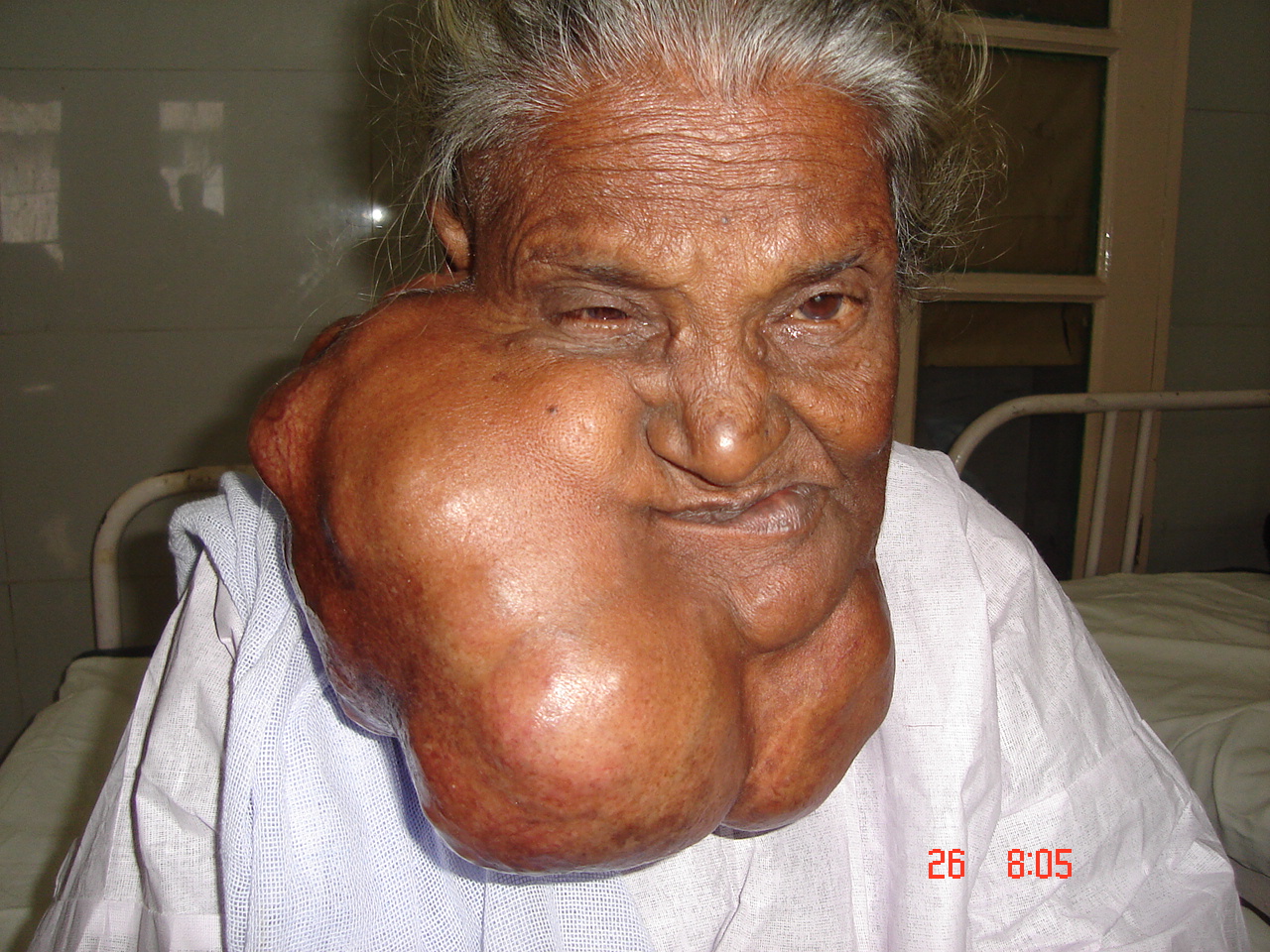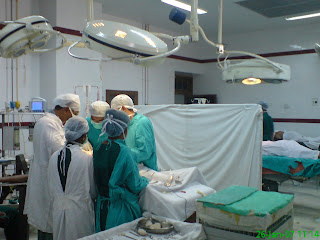-which reduces the chance of Ca Penis
-which reduces the risk of transmission of HIV
Indications:
1.True Phimosis( due to Balonitis Xerotica Obliterans-BXO-Lichen Sclerosis – Sclerosing Inlfammatory Dermatosis- resultinfg in scarring of prepuce & prepuceal aperture becomes tight )
Physiological adhesion between the fore skin and the glans penispersist until 6 years of age
2.Paraphimosis( Failure of retracted foreskin to return to its original position over glans penis)
3.Religious ( Most common)
4.Recurrent balanoposthitis( Diabetes)
5.Prior to Radiotherapy for Ca Penis
Anesthesia: Local / General
Position of the Patient: Supine
Incision:
Prepuce is divided in the midline dorsally up to corona & the incision is extended circumferentially across the prepuce 5 mm beyond and parallel to corona.
Step 1. Three artery forceps are applied at 2, 6 & 10’ O clock position.
Step 2. Adhesion between prepuce and glans are released up to corona.
Step 3. Between the artery forceps at 2 and 10’ O clock position the prepuce is incised at 12’ O clock position up to corona.
Step 4. The outer skin and inner skin over the glans are cut all around anddivided parallel to corona leaving a ‘ v ’ shaped flap at the frenulum.
Step 5. A figure of 8 suture is placed over the frenulum ( As it contain the Arteryof Frenulum)
Step 6. Inner skin is sutured to the outer skin of prepuce with 2 0 absorbable interrupted sutures. 0.5Cm Inner skin has to be there to prevent the disfigurement





















